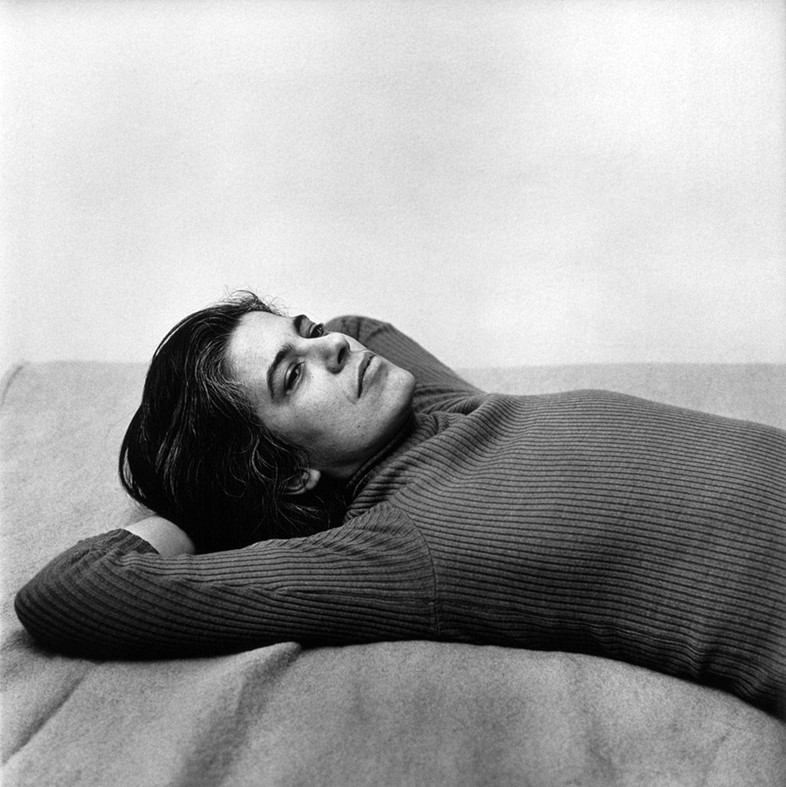Prompted by Peter Hujar's powerful portrait of Susan Sontag reclining deep in thought, this week we celebrate the fine art of lying about
This week’s winning photograph, a snapshot of American writer, filmmaker and political activist Susan Sontag reclining deep in thought, was captured by her close friend Peter Hujar.
Hujar, an influential photographer at the helm of downtown New York’s cultural scene in the 1970s and 80s, led a rich and fascinating, if tragically short, life. He was a regular visitor to Andy Warhol’s Factory, even starring in one of the artist’s renowned Screen Tests, while his commercial career had him shooting for clients including Harper’s Bazaar and GQ Magazine.
Perhaps the most fascinating aspect of Hujar’s legacy however, was the eclectic group of artists, musicians, performers and writers that he surrounded himself with. He often focused on themes of mortality in his practice, developing an intimate style of black and white portraiture which often placed his closest friends as his subjects. Thus, his most poignant, powerful images are often his snapshots of his lovers or closest friends, for example performers Divine and Ethyl Eichelberger gazing candidly into his lens, or, most famously, the highly emotive photograph of Candy Darling on her deathbed that he took in 1973. “His portraits stare right into the souls of his subjects,” Antony Hegarty told The Guardian on the opening of a presentation of Hujar’s work in London, “and often they gaze back with a stoic knowledge of their mortal predicament."
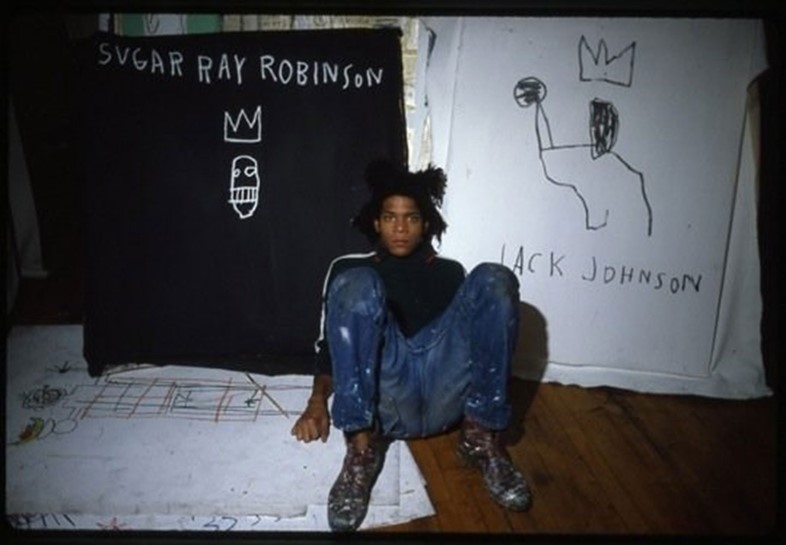
This week’s winning photograph was selected by AnOther Loves contributor Dal Chodha, who we pinned down to discuss the quiet beauty of Hujar’s short of Sontag, and to ask about his favourite place to sit back and daydream.
Why did you love this photograph of Susan Sontag by Peter Hujar?
I was sliding around the internet and rediscovered Patrik Ervell’s spring/summer 2015 campaign which uses a series of never-before-seen pictures from Peter Hujar’s archive. I just loved their seductive, graphic loucheness. Hujar took this photograph of Sontag that is quite well known. Viewed through a fashion lens, the picture seemed very now to me, in part due to its reductivist, haughty nonchalance. It echoes this new movement of minimalism that we are seeing from a number of designers working today from those magnificent twins at The Row to the Serbian-born, Milan-based designer Dušan Paunovic who used to work with Zoran.
Where would you hang this photograph?
Without doubt in my imaginary library – leaned against a navy blue wall, next to a shelf swimming in melted wax, a small number of dark grey, totemic stones and a copy of Camille Paglia’s Vamps & Tramps.
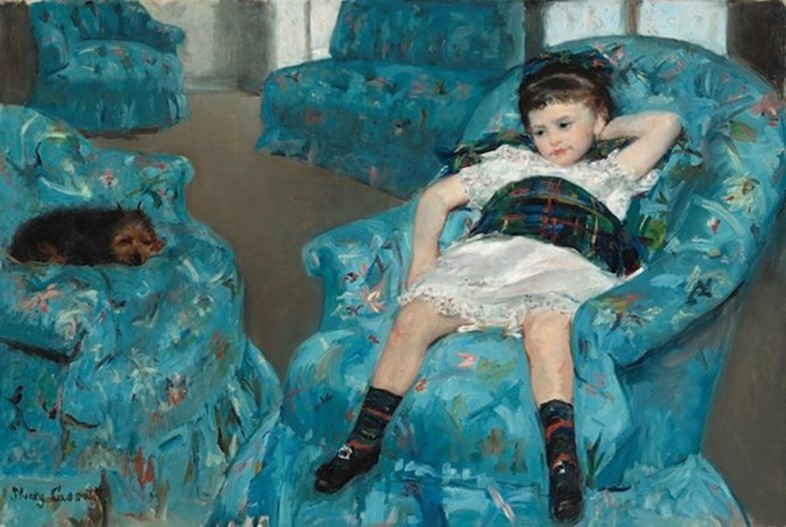
What do you think Susan is thinking about in the portrait?
Hujar and Sontag were close friends and he took many photos of her – Sontag is all about the look. This picture appeared in Hujar’s Portraits in Life and Death, published in 1976. It feels the most intimate to me and definitely went some way to establishing Sontag’s stylish yet disciplined public image. She was a handsome, intelligent woman and here she looks relaxed and a little sassy. What might she be thinking about? I’d like to think that she had no thoughts in her head as Hujar clicked the shutter. A sublime state of nothingness.
Where is your favourite place to lie back and contemplate life?
My time for contemplation is often when I am upright and stood in front of a group of students or seated, locked in florid conversation about clothes, words and love. When scrolling through Twitter, sat looking out onto my over-grown garden or wedged onto a hot, damp London bus, it’s important to never stop asking questions. I think that if we’re not wondering, thinking or talking, then we’re not growing.
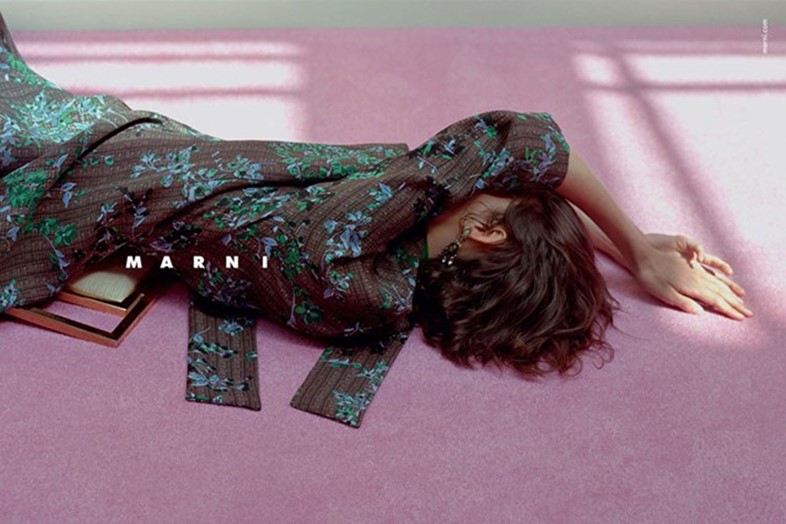
Who is your favourite dreamer?
For sure it would be the twelve, kittenish ‘Angels of Death’ in On Her Majesty's Secret Service (1969). They are patients at a clinical allergy-research institute in the Swiss Alps that is run by super villain, Blofeld. The angels all seem very bubbly and vivacious at first but very quickly it transpires that they have all been brainwashed to distribute bacteriological warfare throughout various parts of the world (Joanna Lumley in England). Blofeld puts them all into a sleep-induced hypnotic state before administering audio instructions, telling them what they should do when they are discharged and returned home. Imagine if the VS Angels did the same – we wouldn’t stand a chance.
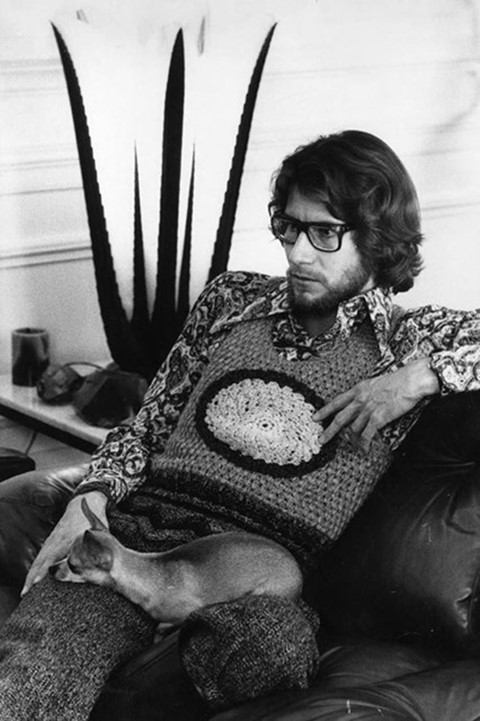
If you could be born again to live in New York in the 70s and 80s, who would you be and what would you do?
Oh that’s easy. I would have been editorial assistant to Caterine Milinaire when she was working on Cheap Chic (1975). I would have run all over New York City wearing tough, crisp denim with a large monogrammed white shirt, nipping back and forth to see Donna Karan at Anne Klein and visit all of the thrift stores and dry cleaners listed in the directory at the back of the book to check their details were correct. I definitely wouldn’t have bothered with Studio 54 and would get to 1990 and regret not having made friends with anyone who had lived in the Chelsea Hotel.
What’s the last thing you bought?
A black cotton-drill Yohji Yamamoto Y’s jacket, three archive issues of Kilimanjaro magazine and Season One of Fortitude on DVD.
